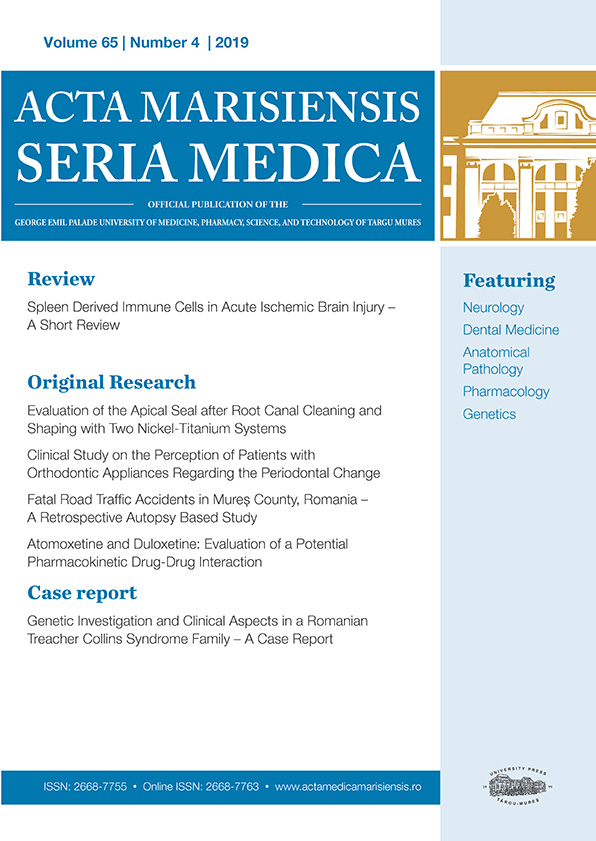Technique presentation: PECS nerve block for cardiac implantable devices
Abstract
Cardiac resynchronization therapy devices, implantable cardioverter defibrillators , and pacemakers are used to treat advanced systolic heart failure, ventricular tachyarrhythmias, and bradyarrhythmia’s. Over the past ten years, there has been a notable rise in the quantity of cardiac implanted electronic devices implants because of mounting evidence of better survival and quality of life among specific patient populations. Appropriate analgesia and sedation throughout implantation procedure is crucial for the patient’s stability. This paper aims to describe the particularities of interpectoral plane block (PECS I) and interpecto-seratus plane block (PECS II) for implantation of cardiac devices.
The nerve blocks were carried under ultrasonographic guidance, using a 50mm, 20-gauge needle, after ethics committee approval was obtained. Two injections of ropivacaine 0,5% and lidocaine 1%, 2 mg/kg body weight (a volume of 15-20 ml) were administrated. The implantation of cardiac devices involves minor surgery techniques, requiring high doses of short acting local anesthetics. Patients usually experience discomfort and pain during this procedure. PECS nerve block aims to reduce patient’s discomfort. The regional anesthesia procedure is executed using ultrasonographic guidance. This technique implies administration of long-acting local anesthetic between pectoralis major and pectoralis minor muscles, as well as between pectoralis minor and serratus anterior muscle.
The PECS blocks are safe, easy to perform and have the equivalent ability to provide adequate anesthesia as well as vertebral blocks or epidural thoracic, without the associated risks. Its safety profile makes PECS blocks a suitable choice for cardiac device implantation, due to the fragility of cardiac patients.
Copyright (c) 2024 Butiulca Mihaela, Farczadi Lenard, Lazar Alexandra

This work is licensed under a Creative Commons Attribution 4.0 International License.









